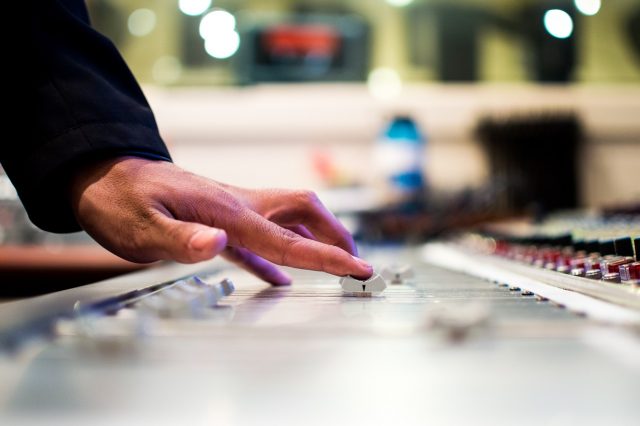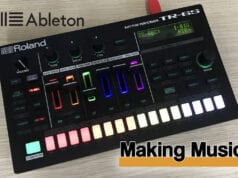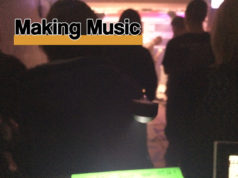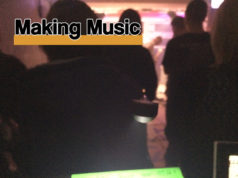Last Updated on October 8, 2016 by Andrew Culture
Mixing with the best
EQ
- 1) If you have a loose, muddy bass sound the best thing to do is to record it again properly. But if you can’t, you can tighten it up by using the EQ section to cut the frequencies between 170Hz and 260Hz.
- 2) Add “sheen” to your song by boosting, everso gently, the frequencies around 15kHz with a parametric EQ.
- 3) To make a section of a song stand out, boost the frequencies between 1kHz and 5kHz. This is the area into which speech falls and our ears are naturally attuned to it.
Drums
- 4) If possible, record each drum on its own track. This allows you to process each one independently.
- 5) Add a touch of reverb to the snare drum.
- 6) Pan the bass and snare drums pretty close to the middle of the stereo image. For interesting rhythmic effects, pan “topping” drums such as agogos and light percussion so the rhythms bounce around the stereo image.
Vocals
- 7) Use a singer with good microphone technique. Or teach them it. This means moving away from the Mic slightly when belting out the loud bits and moving closer during quieter parts. The voice has a large dynamic range and recording at one distance from the Mic will produce wildly-varying volume levels and possibly distortion.
- 8) In any event, you want to compress vocals. This reduces their dynamic range making the volume closer to one level and it adds a bit of punch.
- 9) Record vocals dry (that is, with no effects) and add reverb in the mix. The more reverb you use, the further into the background it pushes the sound so for a big Up Front and Personal vocal sound, use reverb sparingly.
- 10) When recording, many vocalists produce plosives – “Shh” and “Ess” sounds produced when singing certain words. Use a De-esser to remove them.
The mix
- Don’t expect to “fix it in the mix”. The range of modern effects can tart up a recording no end but they can only do so much. It’s much better to work with good recordings in the first place so take time to get the recording right in the first place.
- Compress the final mix. This tightens up the overall sound and adds punch.


















I think it’d be neat to find someone, but I never see any advetisements or anything, and I think most of the people who give voice lessons are kind of small, and don’t do it as a big thing.
Know how to find maybe, someone locally who
gives voice lessons?. )i(How much money should i charge for a 45min to
an hour drum lesson?